Monday, March 30, 2020
Wednesday, March 18, 2020
STROKE





Ischaemic stroke-Give aspirin (to prevent futhur clots)
what for previously formed clot?-->TPA(Tissue plasminogen activator-it's called thrombolytic)
Prophylaxis drugs:
if clot formed in brain:aspirin
if clot formed in heart:anticoagulant

Adult dose:0.9 mg/kg (upto 90 mg) IV over 60 minutes with 10% of the total dose administered as an initial IV bolus over the 1st minute
if nothing works--surgery
- MERCI retriever


- Suction process
Haemorrhagic stroke-
Patient's head should be kept elevated so that the blood flows down to jugular veins
stop drugs that increase bleeding
here BP is very high so anti-hypertensives are given
if seiures-anti-convulsants
manage patient symptoms until interventions like surgery happen
If clot at end of blood vessel:IV
If clot at star of blood vessel(diameter of clot will be more):IV can be tried at first,if not....mechanical re-canalisation
If stroke happens:1st 4 and half hours is golden hour.if taken to hospital the earliest...results will be more good
which hospital should he be taken:hospital with ct scan or MRI
What if patient reaches after the golden hour i.e 4.5 hrs?
if there is enough penumbra i.e undamaged brain tissue,he/she can be revived within 12 hrs also.
wakeup stroke:
when the person getup,his body parts lack movements
he has to be sent to MRI.if 80% penumbra-do thrombolysis
Saturday, March 14, 2020
Types of Doses
dose
the quantity to be administered at one time, as a specified amount of medication or a given quantity of radiation.
- absorbed dose that amount of energy from ionizing radiations absorbed per unit mass of matter, expressed in rads.
- air dose the intensity of an x-ray or gamma-ray beam in air, expressed in roentgens.
- booster dose an amount of immunogen (vaccine, toxoid, or other antigen preparation), usually smaller than the original amount, injected at an appropriate interval after primary immunization to sustain the immune response to that immunogen.
- curative dose (CD) a dose that is sufficient to restore normal health. See also median curative dose.
- divided dose fractionated dose.
- effective dose (ED) that quantity of a drug that will produce the effects for which it is administered. See also median effective dose.
- erythema dose that amount of radiation that, when applied to the skin, causes erythema (temporary reddening).
- fatal dose lethal dose.
- fractionated dose a fraction of the total dose prescribed, as of chemotherapy or radiation therapy, to be given at intervals, usually during a 24-hour period.
- infective dose (ID) that amount of a pathogenic agent that will cause infection in susceptible subjects. See also median infective dose and tissue culture infective dose.
- lethal dose (LD) that quantity of an agent that will or may be sufficient to cause death. See also median lethal dose and minimum lethal dose.
- loading dose a dose of medication, often larger than subsequent doses, administered for the purpose of establishing a therapeutic level of the medication.
- maintenance dose the amount of a medication administered to maintain a desired level of the medication in the blood.
For example:for heart attack
Loading dose is
- Tab Disprin - chewed (325 mg)

- Tab Clopidogrel - 300 mg (75*4)

- Tab Atorvastatin - 80 mg (40*2)
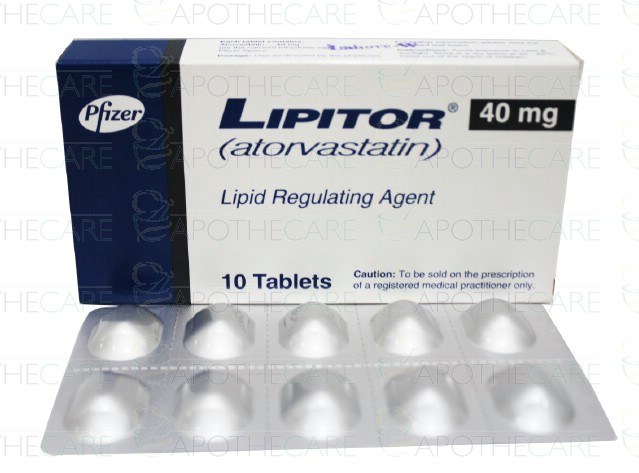
this is given Stat , the moment acute MI is detected
this is followed by Maintenance dose after Pharmacotherspy ( thronbolysis ) OR Primary angioplasty is done
- Aspirin 75 mg
- Clopifogrel 75 mg
- Atorvastatin 10–40 mg
- maximum tolerated dose tolerance dose.
- maximum permissible dose the largest amount of ionizing radiation that one may safely receive within a specified period according to recommended limits in current radiation protection guides. The specific amounts vary with age and circumstance.
- median curative dose (CD50) a dose that abolishes symptoms in 50 per cent of test subjects.
- median effective dose (ED50) a dose that produces the desired effect in 50 per cent of a population.
- median infective dose (ID50) that amount of pathogenic microorganisms that will produce demonstrable infection in 50 per cent of the test subjects.
- median lethal dose (LD50) the quantity of an agent that will kill 50 per cent of the test subjects; in radiology, the amount of radiation that will kill, within a specified period, 50 per cent of individuals in a large group or population.
- median tissue culture infective dose (TCID50) that amount of a pathogenic agent that will produce infection in 50 per cent of cell cultures inoculated.
- minimum lethal dose
1. the amount of toxin that will just kill an experimental animal.
2. the smallest quantity of diphtheria toxin that will kill a guinea pig of 250-gm weight in 4 to 5 days when injected subcutaneously.
- reference dose an estimate of the daily exposure to a substance for humans that is assumed to be without appreciable risk; it is calculated using the no observed adverse effect level and is more conservative than the older margin of safety.
- skin dose (SD)
1. the air dose of radiation at the skin surface, comprising the primary radiation plus backscatter.
- threshold dose the minimum dose of ionizing radiation, a chemical, or a drug that will produce a detectable degree of any given effect.
- threshold erythema dose (TED) the single skin dose that will produce, in 80 per cent of those tested, a faint but definite erythema within 30 days, and in the other 20 per cent, no visible reaction.
- tissue culture infective dose (TCID) that amount of a pathogenic agent that will produce infection when inoculated on tissue cultures; used with a numeric qualifier.
- tolerance dose the largest quantity of an agent that may be administered without harm. Called also maximum tolerated dose.
Friday, March 13, 2020
alpha and beta recepors and it's blockers....what actually are they?
- They are anti adrenergic drugs which block the alpha and beta receptors present throughout our body .
- All the alpha receptors have excitatory action except in the GIT
- All the beta receptors have depressant action except on heart
- Alpha receptors - type 1 and 2
- Type 1 are responsible for - vasoconstriction, smooth muscle contraction( in GIT cause relaxation ) learning etc
- Type 2 are preganglionic have inhibitory control
- Major uses of alpha blockers are in management and diagnosis of pheochromocytoma , in management of benign prostatic hyperplasia
- Beta receptors -Type 1,2,3
- Type 1 - present in heart and their stimulation results in increased heart rate , increased force of contraction, increased speed of conduction of impulse from SA node to AV node.
- Type2 - their stimulation is responsible for vasodilation, bronchodilation, smooth muscle relaxation etc
- Type 3 - present on fat cells , exact function is not yet completely understood.
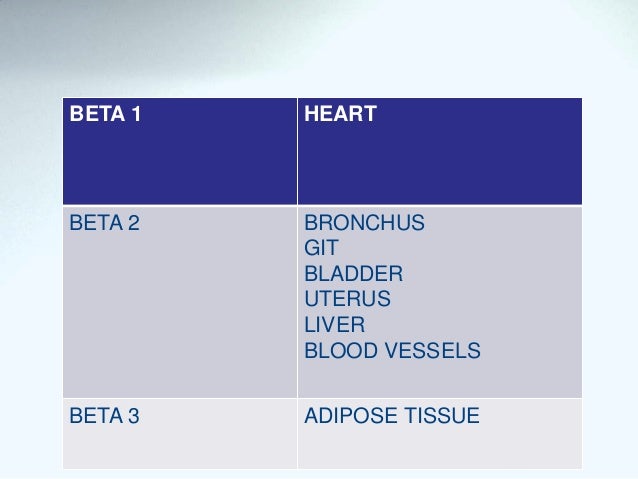
- Major use of beta blockers is in management of hypertension and in preventing remodelling of heart incase of heart failure
the above functions in a tricky chart is given below:-
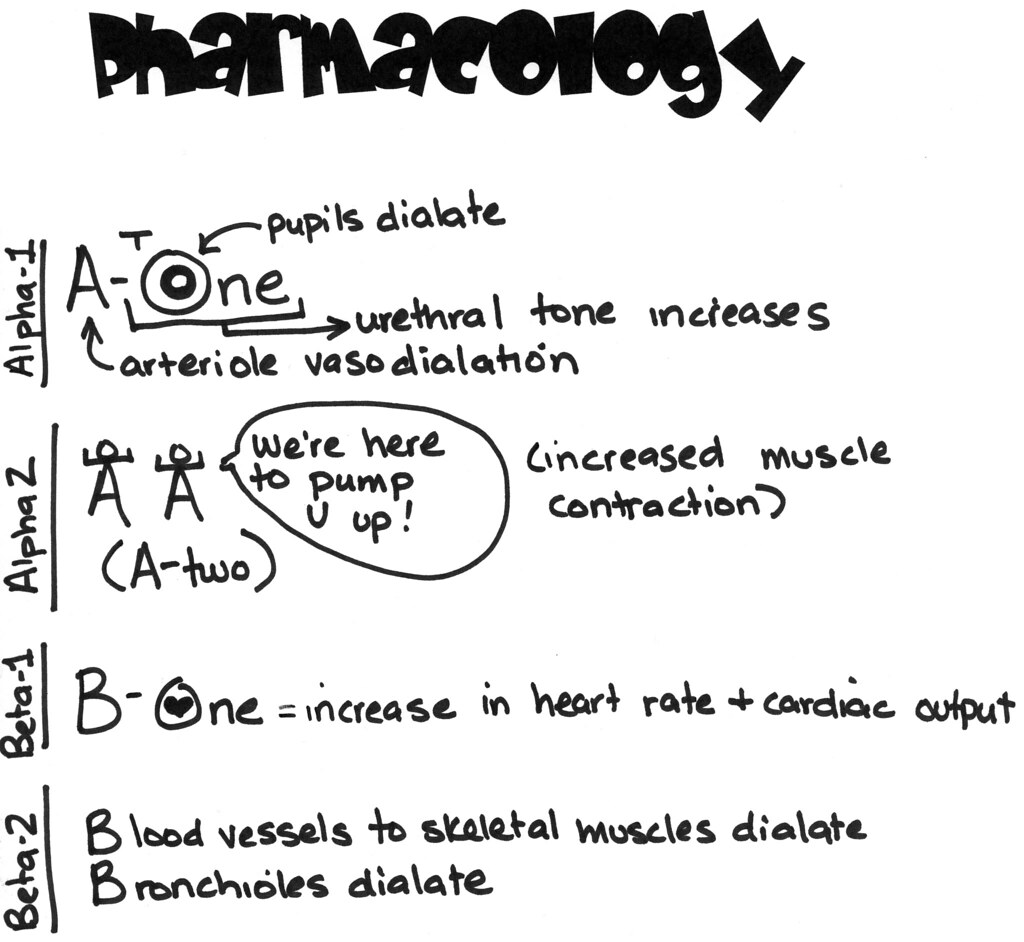
from above actions,we can conclude that:-
Alpha = Constrict.
Beta = Dilate

BLOCKERS
ALPHA-BLOCKERS

BETA-BLOCKERS
Beta blockers, also written β-blockers, are a class of medications that are particularly used to manage abnormal heart rhythms, and to protect the heart from a second heart attack (myocardial infarction) after a first heart attack (secondary prevention). They are also widely used to treat high blood pressure (hypertension), although they are no longer the first choice for initial treatment of most patients.
Beta-blockers site of action ( remember of 1 heart , 2 lungs)Beta-1 = 1 heart
Beta-2 = 2 lungs

Beta blockers: B1 selective vs. B1-B2 non-selective (remember of A->N O->Z)
A through N: B1 selective: Acebutalol, Atenolol, Esmolol, Metoprolol.
O through Z: B1, B2 non-selective: Pindolol, Propanalol, Timolol.
Uses of Beta-blockers include (remember of H&M HAT):
Hypertension / Hypertension ocular (Glaucoma)Myocardial infarction /Migraine prevention
Hyperthrophy obstructive cardiomyopathy
Angina pectoris / Arrhythmia
Thyrotoxicosis

Beta-blockers: main contraindications, cautions (remember of ABCDE):

Beta-blockers: side effects (remember of "BBC Loses Viewers In Rochedale"):
BradycardiaBronchoconstriction
Claudication
Lipids
Vivid dreams & nightmares
Inotropic action
Reduced sensitivity to hypoglycaemia



mnemonic for mixed: CARme LAB
INTERESTING FACTS
- Atenolol is longer acting than propranolol and generally has fewer side effects. It has less of a tendency to produce wheezing than other beta blockers. Once-a-day dosing is convenient.

- Congestive heart failure (CHF) is a chronic progressive condition that affects the pumping power of your heart muscles.
- ATENOLOL
- PROPRANOLOL
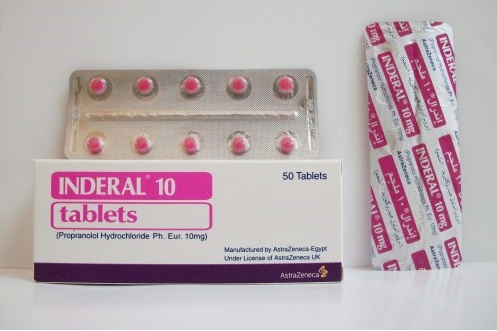

- TIMOLOL
Tuesday, March 10, 2020
anti-psychotics
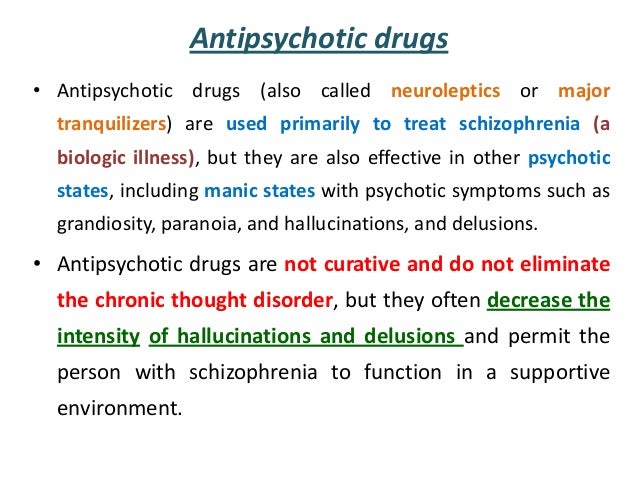
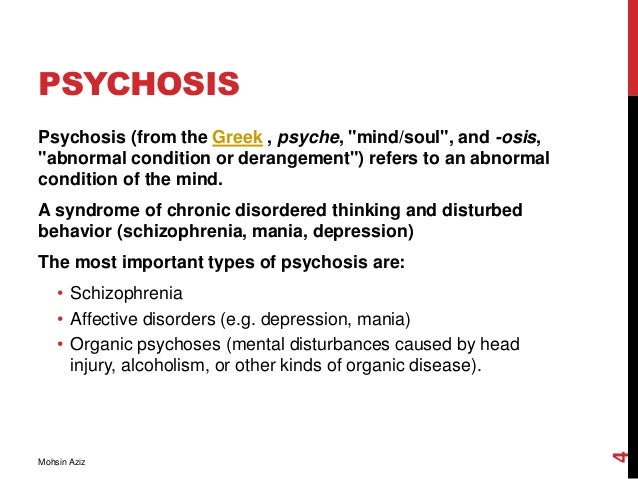
Schizophrenia is a mental health condition associated with unusual expressions or perceptions of reality. It can lead to significant social or occupational dysfunction.
There are different kinds of schizophrenia. The International Classification of Diseases (ICD-10) manual describes them as below.
Paranoid schizophrenia
- Common form of schizophrenia.
- Prominent hallucinations and/or delusions.
- May develop at a later age than other types of schizophrenia.
- Speech and emotions may be unaffected.
Hebephrenic schizophrenia
- Disorganised behaviour without purpose.
- Disorganised thoughts: other people may find it difficult to understand you.
- Pranks, giggling, health complaints and grimacing.
- Short-lasting delusions and hallucinations.
- Usually develops between 15 and 25 years old.
Catatonic schizophrenia
- Rarer than other types.
- Unusual movements, often switching between being very active and very still.
- You may not talk at all.
Undifferentiated schizophrenia
Your diagnosis may have some signs of paranoid, hebephrenic or catatonic schizophrenia, but doesn’t obviously fit into one of these types alone.
Your diagnosis may have some signs of paranoid, hebephrenic or catatonic schizophrenia, but doesn’t obviously fit into one of these types alone.
Residual schizophrenia
You may be diagnosed with this if you have a history of psychosis but only have negative symptoms.
You may be diagnosed with this if you have a history of psychosis but only have negative symptoms.
Simple schizophrenia
- Rarely diagnosed in the UK.
- Negative symptoms are prominent early and get worse quickly.
- Positive symptoms are rare.
Cenesthopathic schizophrenia
People with cenesthopathic schizophrenia experience unusual bodily sensations.
People with cenesthopathic schizophrenia experience unusual bodily sensations.
Unspecified schizophrenia
Symptoms meet the general conditions for a diagnosis, but do not fit in to any of the above categories.
NOTE:the words ‘positive’ and ‘negative’ are both used in the same sense as in behavioral science. ‘Positive’ is ‘something added’, ‘negative’ is ‘something taken away.’
Positive symptoms (hallucinations, delusions), these are things added by schizophrenia.
Negative symptoms(lethargy, anhedonia - lack of feelings of pleasure) are things taken away, by schizophrenia.

NOTE: Akathisia is a movement disorder characterized by a feeling of inner restlessness and inability to stay still. Usually, the legs are most prominently affected.
EQUIVALENT DOSES OF ANTIPSYCHOTIC DRUGS

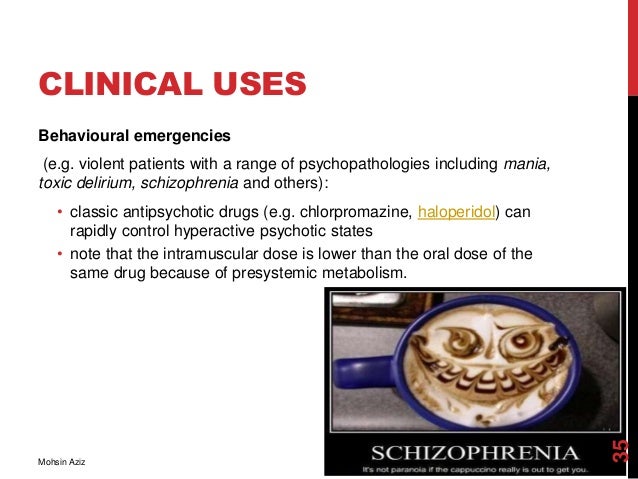
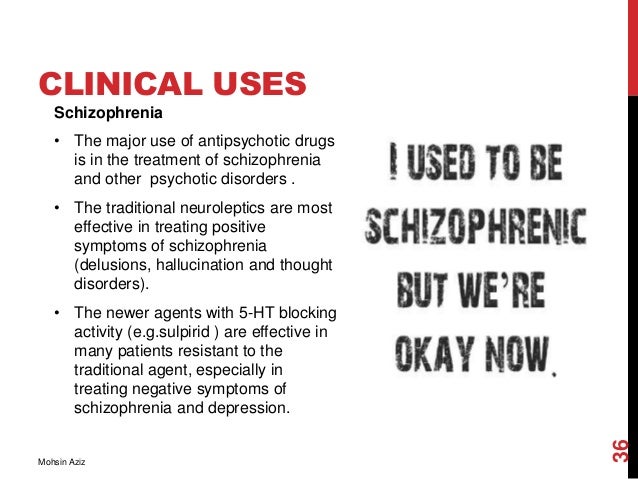
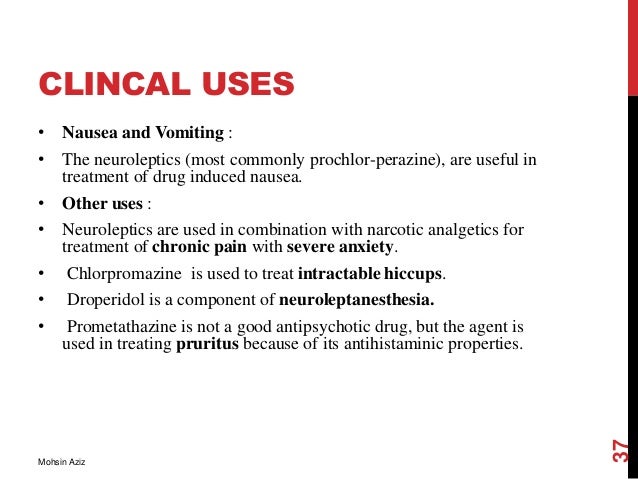
Sunday, March 8, 2020
Toxicology


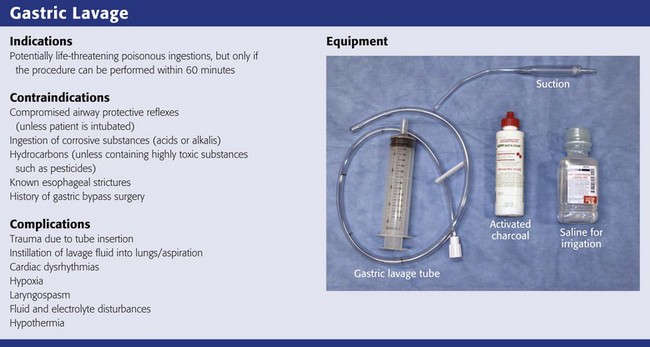
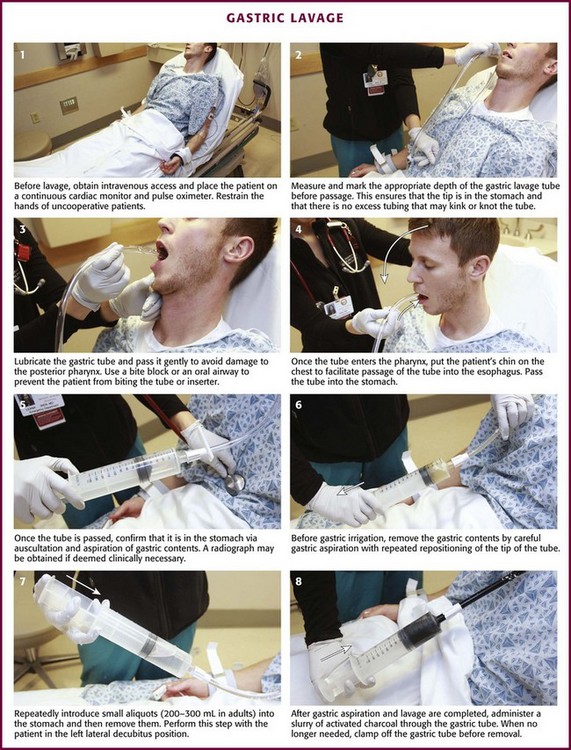
WHOLE BOWEL IRRIGATION
medical process involving the rapid administration of large volumes of an osmotically balanced macrogol solution (GoLYTELY, CoLyte), either orally or via a nasogastric tube, to flush out the entire gastrointestinal tract.


ARSENIC POISONING

CYANIDE POISONING



ARSENIC POISONING
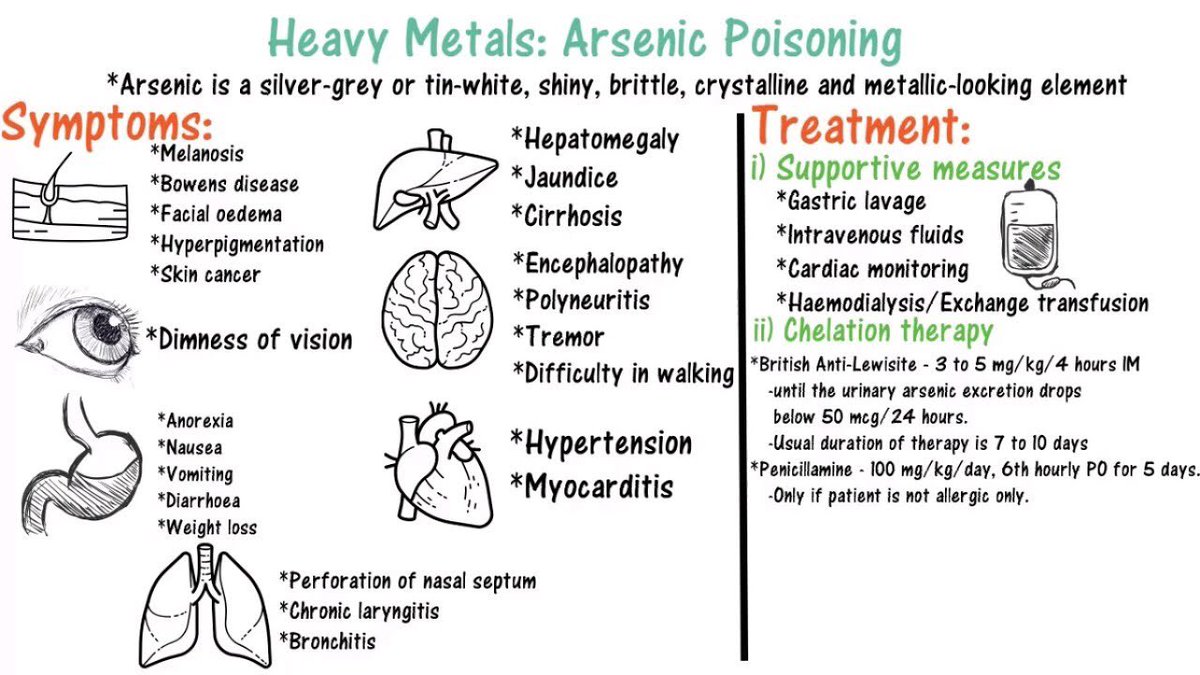
ORGANOPHOSPHATE POISONING




Subscribe to:
Posts (Atom)









